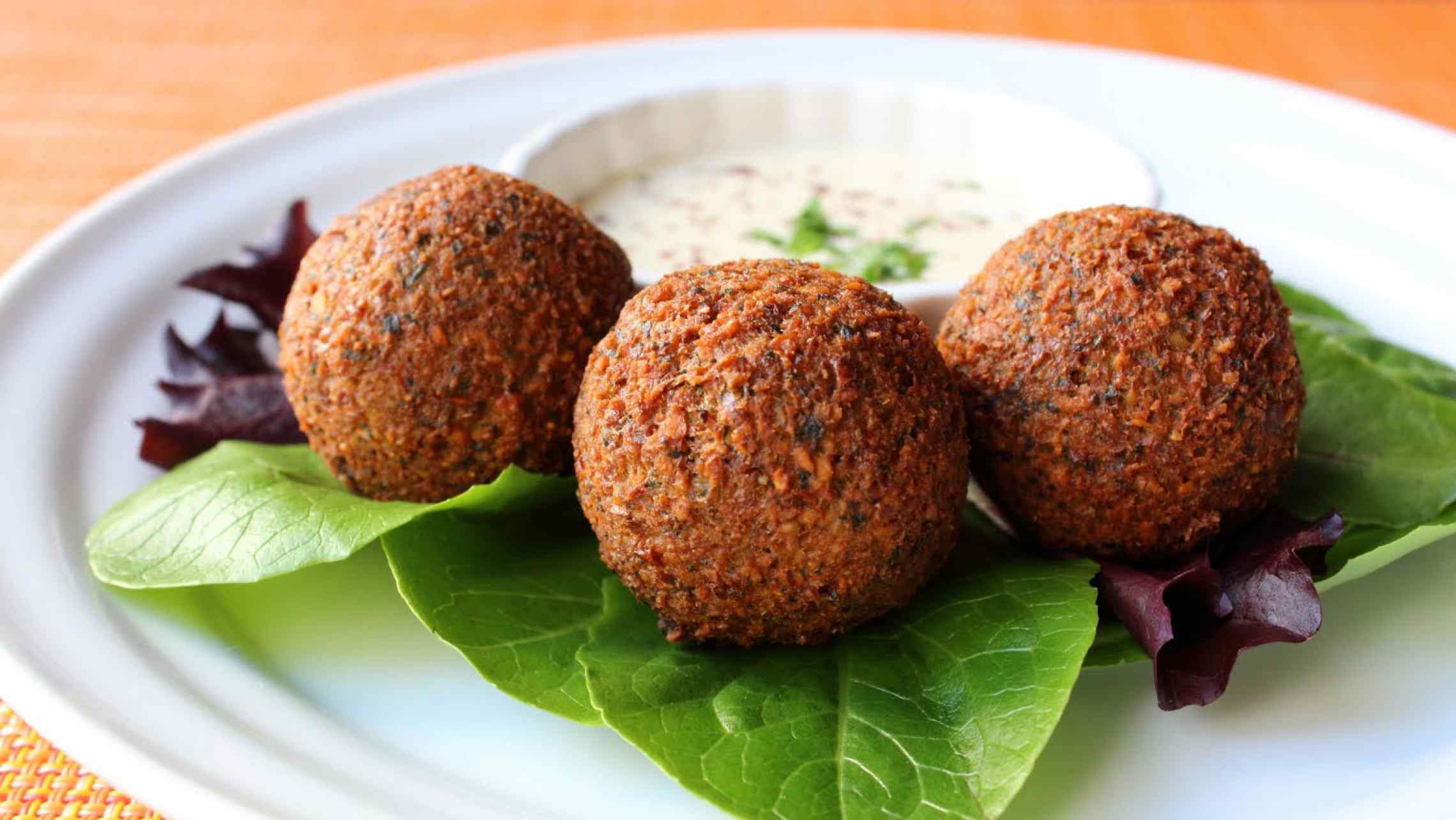Blog
Lebanese cuisine stands as a testament to the country's rich history, cultural diversity, and culinary ingenuity. Nestled along the eastern shores of the Mediterranean, Lebanon boasts a cuisine that is as diverse as its landscape, with influences ranging from the Levant, Persia, and the Mediterranean to the Arabian Peninsula. From tantalizing mezze to hearty stews and fragrant rice dishes, Lebanese cuisine offers a symphony of flavors, textures, and aromas that captivate the senses and delight the palate.
At the heart of Lebanese cuisine lies a deep appreciation for fresh, seasonal ingredients. Whether it's the ripe tomatoes of Bekaa Valley, the fragrant herbs of Mount Lebanon, or the tangy olives of the coastal regions, Lebanese chefs take pride in sourcing the finest produce to create dishes that burst with flavor and vitality. This commitment to quality is evident in iconic dishes such as tabbouleh, a refreshing salad made with parsley, mint, tomatoes, and bulgur wheat, dressed with lemon juice and olive oil.
Mezze, a collection of small, shareable dishes, is a cornerstone of Lebanese dining culture. From creamy hummus and smoky baba ganoush to crispy falafel and tangy fattoush, mezze offers a tantalizing array of flavors and textures that whet the appetite and encourage conviviality. Each bite tells a story of Lebanon's cultural tapestry, with influences from Arab, Ottoman, and Mediterranean cuisines interwoven into every dish.
Lebanese cuisine also boasts a rich tradition of slow-cooked stews and hearty casseroles, known as waznah or tajine. Dishes such as kibbeh bil sayniyeh, a savory pie made with layers of ground meat, bulgur wheat, and aromatic spices, and mujadara, a comforting dish of lentils and rice topped with caramelized onions, showcase the depth and complexity of Lebanese flavors. These dishes are often served with a side of tangy yogurt or a crisp, fresh salad to balance the richness of the flavors.
Seafood holds a special place in Lebanese cuisine, thanks to the country's proximity to the Mediterranean Sea. Grilled fish, marinated in lemon juice, olive oil, and fragrant spices, is a staple of coastal dining, while dishes such as sayadieh, a spiced rice pilaf topped with tender fish fillets and fried onions, offer a taste of Lebanon's seafaring heritage. These seafood delicacies are often enjoyed with a glass of arak, an anise-flavored spirit that is a beloved accompaniment to Lebanese meals.
No exploration of Lebanese cuisine would be complete without indulging in the country's rich tradition of sweets and pastries. From delicate baklava, layered with nuts and honey syrup, to creamy muhallabieh, a fragrant milk pudding topped with pistachios and rose water, Lebanese desserts are a celebration of sweetness and indulgence. These treats are often enjoyed with a cup of strong, cardamom-infused Arabic coffee, a perfect ending to a memorable Lebanese meal.
In conclusion, Lebanese cuisine is a culinary odyssey that celebrates the richness of Lebanon's history, culture, and landscape. From the vibrant flavors of mezze to the hearty stews and fragrant rice dishes, Lebanese cuisine offers a sensory journey that delights the palate and nourishes the soul. Whether you're savoring a traditional dish passed down through generations or exploring innovative takes on classic recipes, Lebanese cuisine invites you to discover the magic of its flavors and the warmth of its hospitality with every bite.


